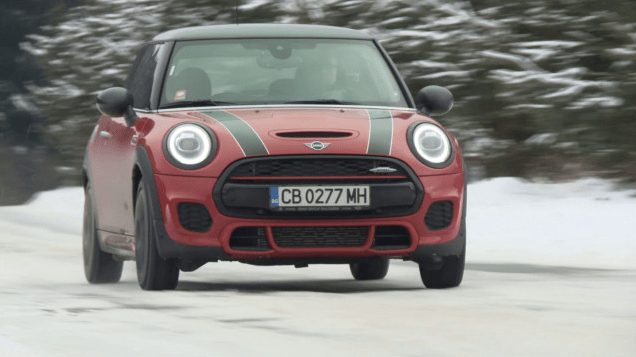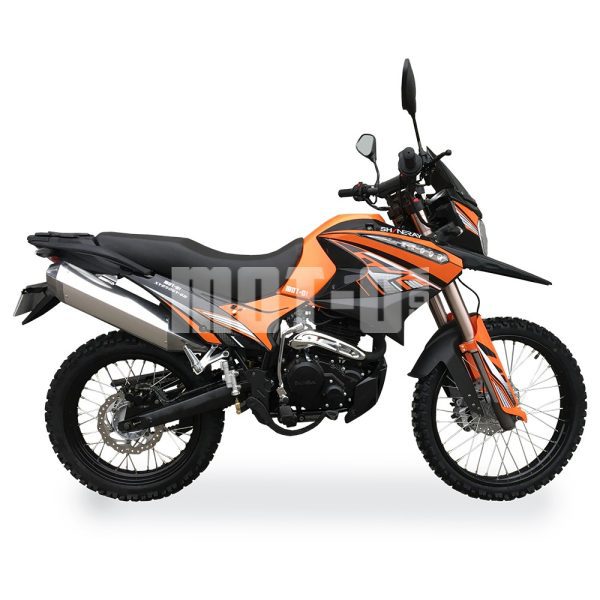
How to deal with ice
How to drive safely on an icy road? In today's episode, we'll show you two proven ways to avoid slipping and tell you what to do if it does.
Both methods may seem trivial, but they only work.
The first is to invest in quality winter tires, which are, from a rational point of view, much more valuable than investing in the most expensive smartphone on the market.
The second way is to just go slower. Apply the third rule: drive on snow and ice at least a third slower than on dry roads. If during normal times you drive through a section at a speed of 90 kilometers per hour, in snow, reduce to 60.

Check the temperature before setting out and be prepared for the risk of hard-to-reach ice. Also pay attention to sections of the road where this is most likely, such as on darkened curves or on bridges, which are always colder on the surface than on a normal road. Avoid sudden accelerations and stops and smoothly enter turns.
If you follow these two principles - good tires and low speed - the chance of losing control of the car is drastically reduced.
But what if it happens anyway?
Your most important thought, if you feel like your car is slipping, don't hit the brakes. When the wheels lose traction and start spinning, the only way is to start rolling again. This cannot happen if you block them with the brake.
The instinct to hit the brake is very strong, but it must be fought. The wheels must rotate freely to stop rolling.

Try adjusting the steering wheel. Just turn slightly in the opposite direction of feed. You don't have to think to do this - it's a very intuitive reaction. Just be careful not to overdo it. Many people turn the steering wheel too much in a panic. Then, instead of standing up, the machine begins to slide in the opposite direction, a new adjustment is required, and so on. Remember - when skating on ice, all movements should be restrained and moderate.
